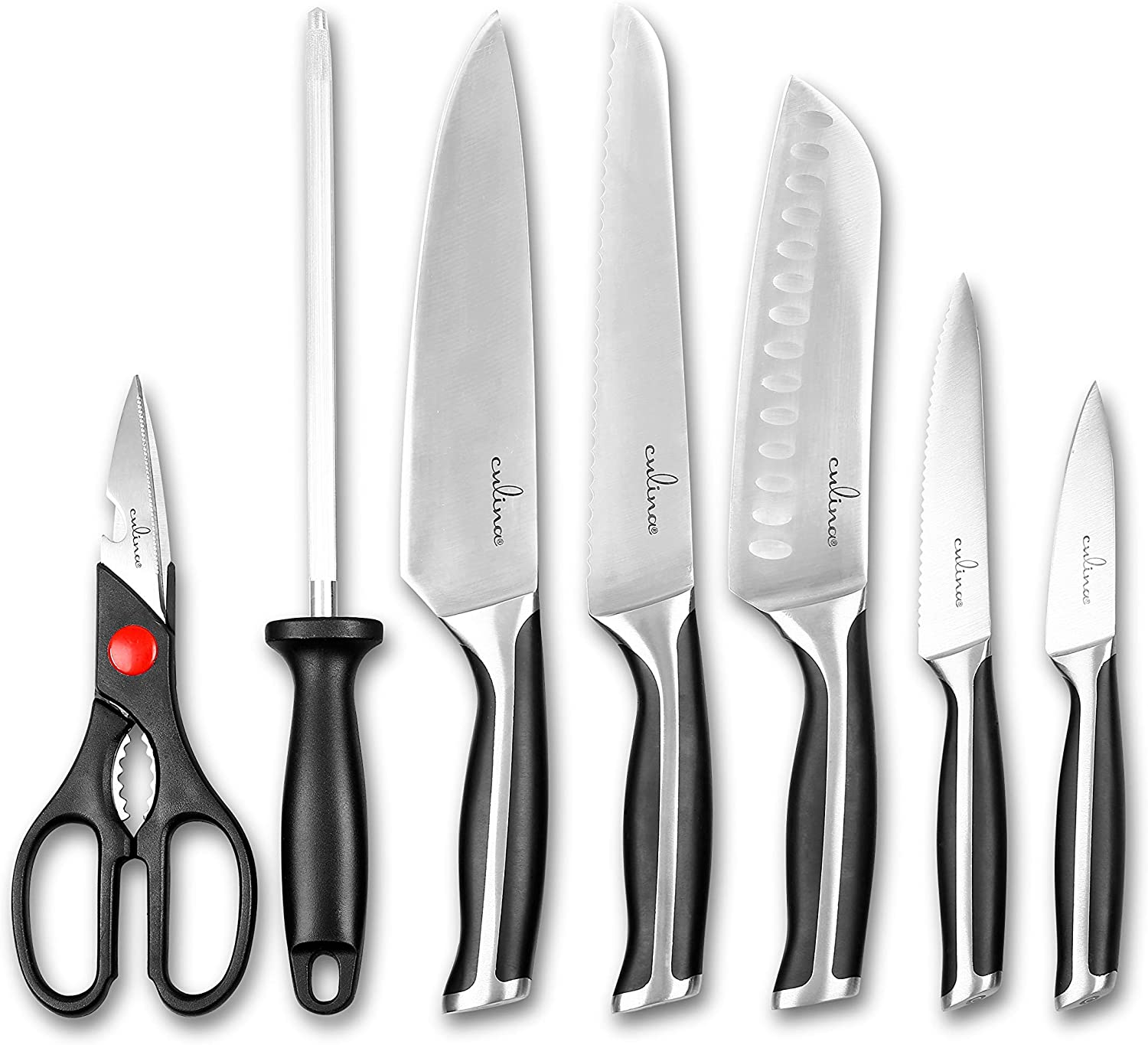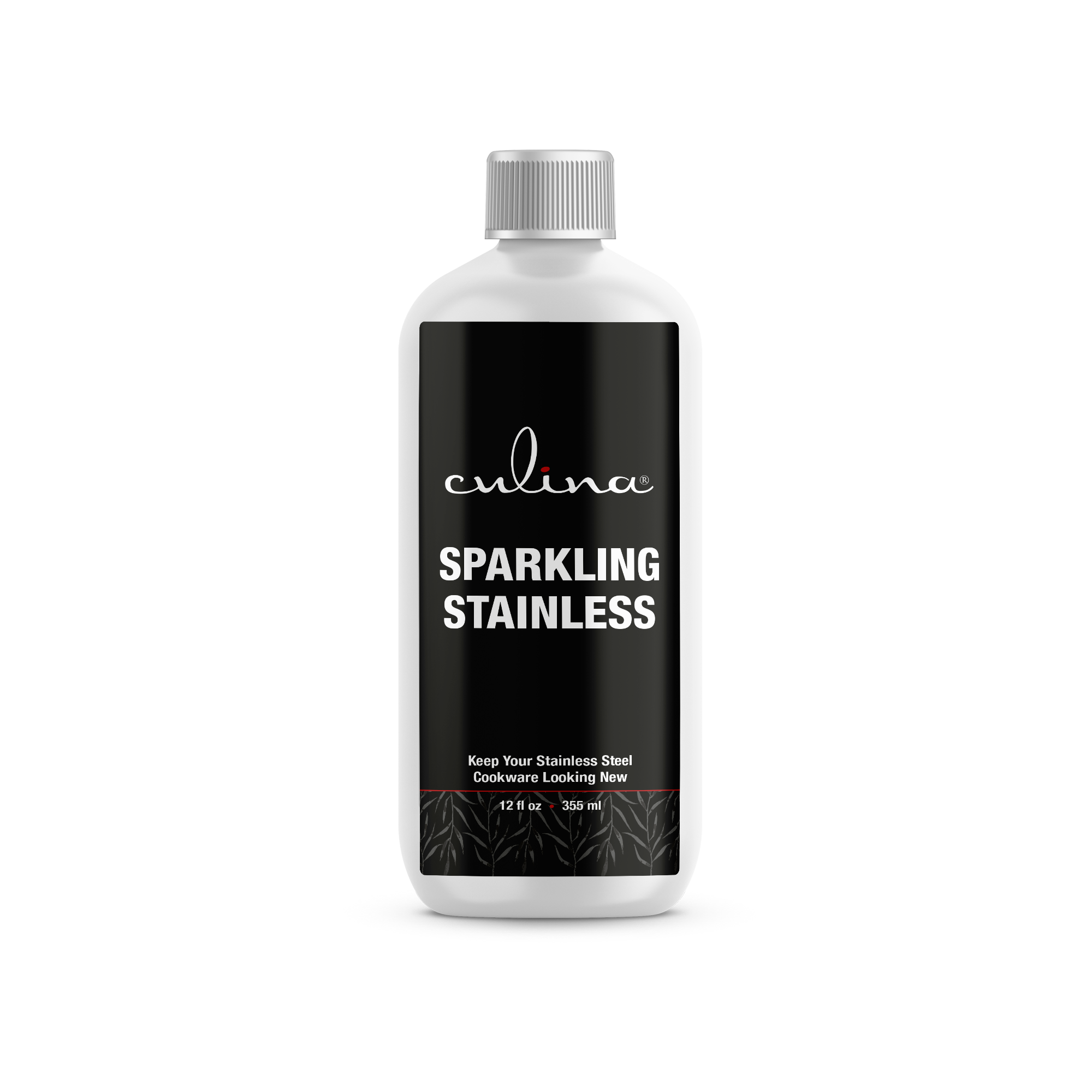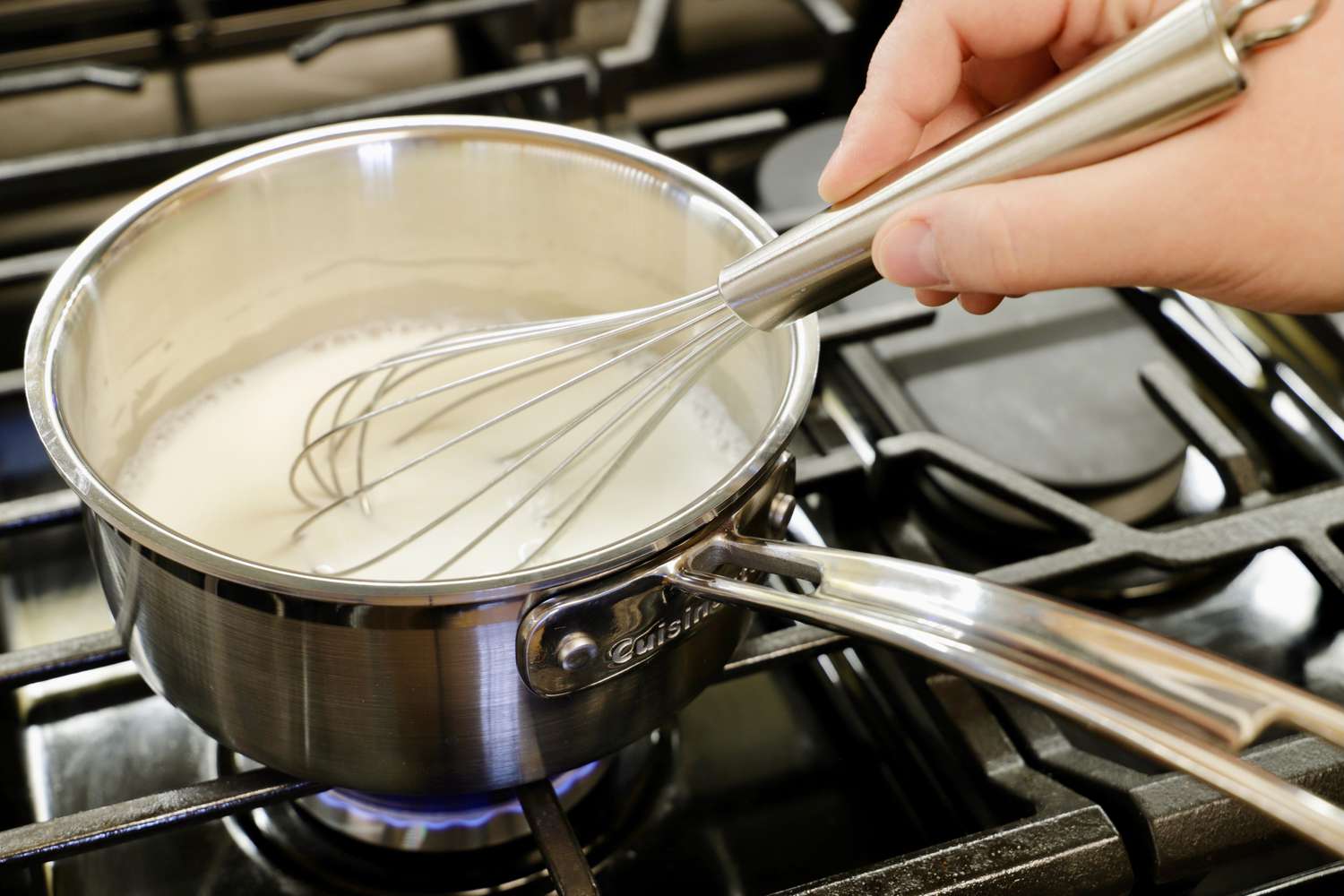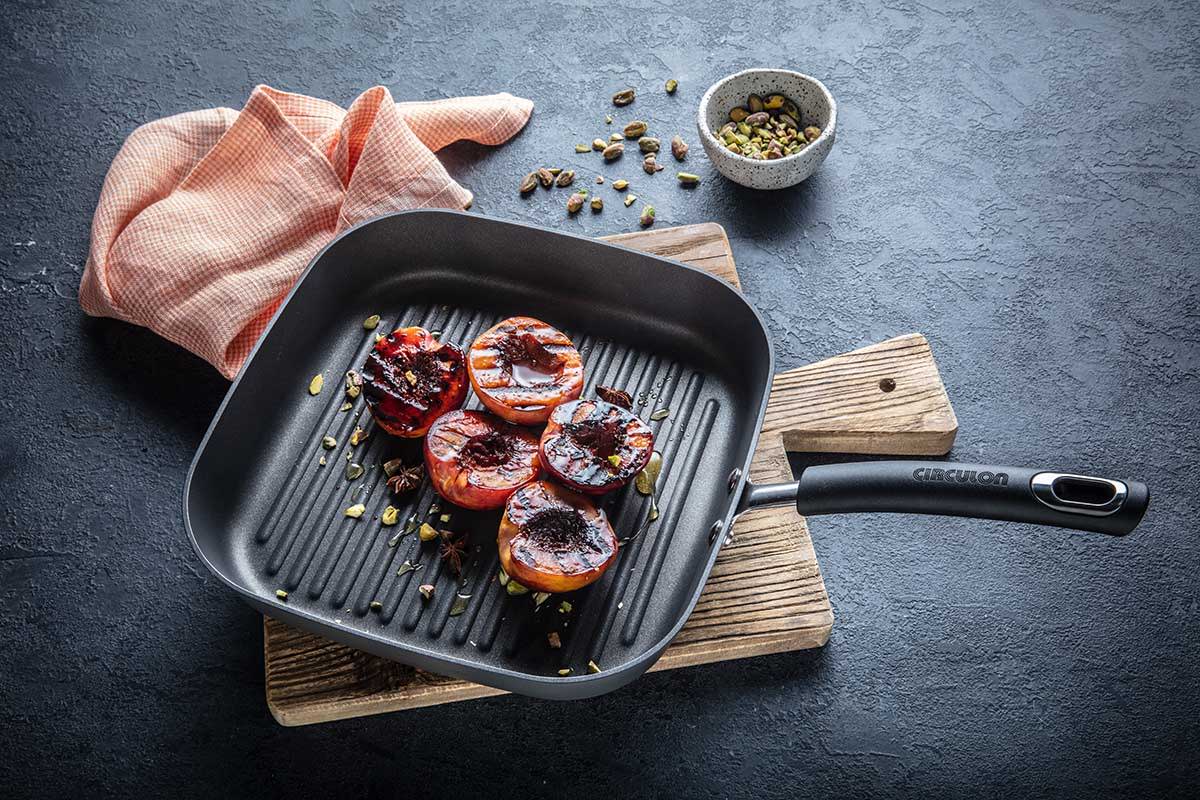The kitchen is often a place of innovation and creativity, but it can also be a battleground of culinary confusion. Among the many tools that home chefs and professionals alike rely on, the pressure cooker and the humble saucepan stand out for their unique functionalities. Understanding how is a pressure cooker different from an ordinary saucepan can have profound implications on cooking speed, flavor retention, and even nutritional value.
In the world of culinary arts, the difference between these two types of kitchen equipment is not merely a matter of speed; it is about transforming the way dishes are prepared. From stews that simmer to perfection to beans that soften in a fraction of the time, lets dive deep into how each of these tools operates, when to use them, and their respective benefits.

Pressure Cookers: The Game Changer in Your Kitchen
A pressure cooker is designed to trap steam inside its sealed environment, thus increasing the internal pressure and cooking food at much higher temperatures than could ever be achieved in an ordinary saucepan. This unique cooking method not only speeds up the cooking process but also helps in retaining more nutrients and enhancing flavors.
The science behind pressure cooking is fascinating. When liquid inside the pressure cooker reaches a boil, the steam generated increases the pressure. This pressure raises the boiling point of the liquid, allowing food to cook faster and more evenly. This technology is particularly beneficial when working with tougher cuts of meat, legumes, or grains.
Benefits of Using a Pressure Cooker
- Speed: Cooking time can be reduced by up to 70% compared to traditional methods.
- Flavor Retention: Sealing in steam results in more intense flavors, allowing spices and seasonings to permeate the food more effectively.
- Nutritional Value: Less time spent cooking means more vitamins and minerals are retained.

Ordinary Saucepans: The Versatile Workhorse
On the other hand, the ordinary saucepan is a staple in every kitchen. Its versatility allows for a broad range of cooking methods, including boiling, simmering, and even steaming. Made from various materials such as stainless steel, aluminum, or non-stick surfaces, saucepans cater to different cooking needs.
Unlike pressure cookers, ordinary saucepans expose food to atmospheric pressure, meaning that they cook via direct heat and require more time and liquid to reach a thorough cooking state. This inconsistency can be a major factor in ensuring that food is cooked evenly.
Advantages of an Ordinary Saucepan
- Versatility: Suitable for a wide range of cooking techniques, from soups to sauces.
- Control: Allows for more monitoring of cooking processes, making it easier to adjust flavors and seasonings.
- Accessibility: Generally easier to use and a more familiar tool for most cooks.

Comparative Analysis: Pressure Cooker vs. Ordinary Saucepan
When it comes to a showdown between these two kitchen giants, understanding their differences is crucial. Heres a breakdown:
1. Cooking Time
The pressure cooker dramatically reduces cooking time. For example, beans that typically take hours on the stove can be tender in as little as 10-15 minutes in a pressure cooker. In contrast, a saucepan requires a longer duration, often leading to more significant energy consumption.
2. Nutritional Impact
Research indicates that pressure cooking preserves nutrients much better than boiling or simmering in an ordinary saucepan. The longer food is exposed to heat and water, the more vitamins leach out. Pressure cookers minimize this loss.
3. Texture and Flavor
Foods cooked in a pressure cooker achieve a unique texture and depth of flavor that is sometimes harder to attain with a saucepan. The higher cooking temperatures allow tough meats to become tender quickly while retaining moisture and flavor.
4. Energy Efficiency
Due to the reduced cooking times, pressure cookers are often more energy-efficient. Using less gas or electricity over the course of a meal translates to real savings, especially in professional kitchens.

Tips for Kitchen Professionals
As a kitchen professional, understanding how is a pressure cooker different from an ordinary saucepan will enable you to maximize your culinary prowess. Here are a few tips:
- Consider the type of dish youre preparing: Quick meals or tough meats may benefit from pressure cooking, while delicate sauces may be better suited for a saucepan.
- Monitor cooking times closely in a pressure cookerovercooking can lead to mushy textures.
- For batch cooking, a pressure cooker can save time without compromising quality.
Common Uses and Recipes
There are countless ways to utilize both tools effectively in the kitchen. Heres a brief list:
- Pressure Cooker: Perfect for making hearty stews, cooking beans, and whipping up quick soups.
- Ordinary Saucepan: Ideal for sauces, boiling pasta, or even cooking vegetables.
If you want to delve deeper into cooking techniques, check out these resources: Standard Size Saucepan, What is a Saucepan, and Misen's Guide.
FAQs
1. Can I use a pressure cooker for all types of cooking?
While pressure cookers are versatile, they are best suited for foods that benefit from fast cooking, such as grains or tough cuts of meat.
2. Is it safe to use a pressure cooker?
Yes, modern pressure cookers come equipped with safety features to prevent accidents. Always follow the manufacturer's guidelines to ensure safe cooking.
3. Whats the best way to clean a pressure cooker?
After cooking, allow the pressure cooker to cool, remove the gasket and clean all parts with warm soapy water. Refer to your specific models care instructions for best results.
As an Amazon Associate, I earn from qualifying purchases.





Leave a comment
This site is protected by hCaptcha and the hCaptcha Privacy Policy and Terms of Service apply.